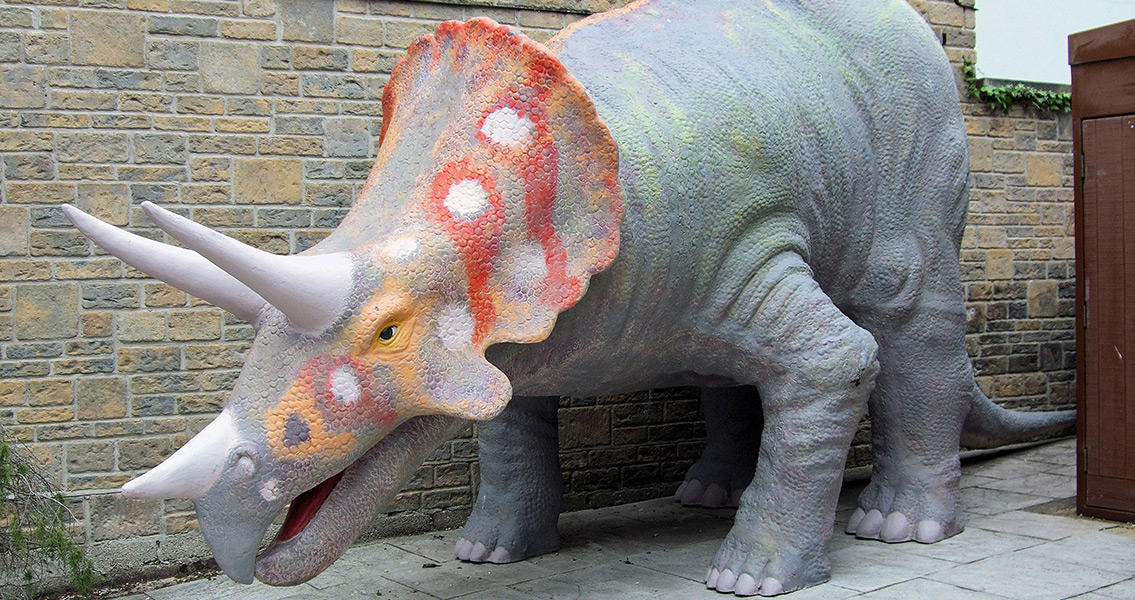<![CDATA[When dinosaurs went extinct approximately 65 million years ago at the end of the Cretaceous Period, many of the predators and competitors of mammals disappeared, and in the following 10 million years (the Paleocene epoch) we took advantage of it. Fresh analysis of fossil records clearly provides new evidence that as a group placental mammals (mammals who give birth to live offspring opposed to laying eggs) evolved into new forms, increased in body size and became more ecologically diverse in the first few million years after dinosaurs, than they had in the previous 160 million years. Mammals made their first appearance in the late Triassic, around the same time as dinosaurs. During the Mesozoic, most mammals lead a nocturnal lifestyle; they were small, and fed mainly on insects while dinosaurs dominated life on land. At the start of the Paleocene epoch, Earth was virtually without any larger sized animals. This was the starting point for mammals' evolutionary success, and by the end of the Paleocene epoch just ten million years later, they occupied a large part of the ecological system. At this time, the landscape was crowded with small, rodent-like mammals. Medium sized mammals were scouring the forests looking for edible food and the first large mammals were either grazing on the abundant vegetation, or hunting their prey. Paleocene mammals still had primitive anatomies when compared to today’s mammals. They wouldn’t show any of the specializations which characterize their descendants (teeth optimized for specific foods or limbs adapted to running) until later time periods. The Natural Environment Research Council funded the research, which was recently published in the Biological Journal of the Linnean Society. According to Dr. Anjali Goswami from the UCL Earth Sciences and Genetics, Evolution and Environment department, who was involved in the analysis, the mass extinction which wiped out the dinosaurs more than 65 million years ago has long been acknowledged as the beginning of the Age of Mammals due to the appearance of several different types of mammals for the first time almost immediately afterwards. The research measured the anatomical variations found in the bone and teeth fossils of 904 mammals. The information was then used to complete an updated tree of life which contains 177 species of mammals including 94 species from the Paleocene. The team's efforts have resulted in a tree with the largest representation of Paleocene mammals to date. The new tree is presented in time sections starting 140 million years ago up to present day and reveals the changes in the diversity of species. According to professor Paul Upchurch from UCL Earth Sciences, previous studies have confirmed the accuracy of an evolutionary tree is directly related to the number of species it includes, and with the production of such a large set of data the tree of life for Paleocene mammals will be more reliable and robust than previous trees. In addition, large trees such as the one just completed are extremely useful for future research involving evolutionary patterns. Image courtesy of Wikimedia Commons user: Jim Linwood ]]>
Dinosaur Extinction Opened the Door for Mammal Evolution
